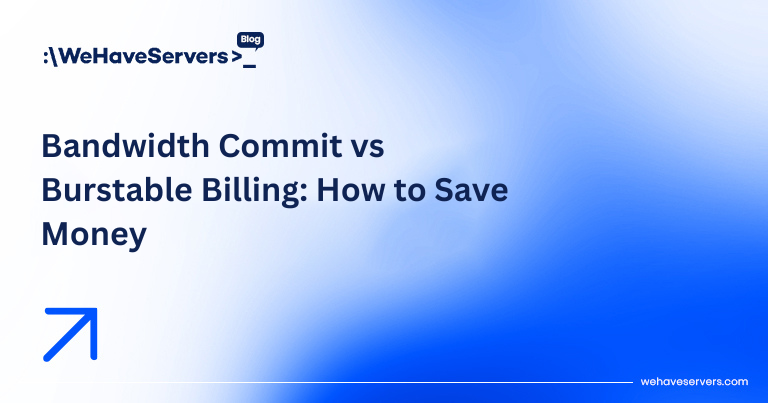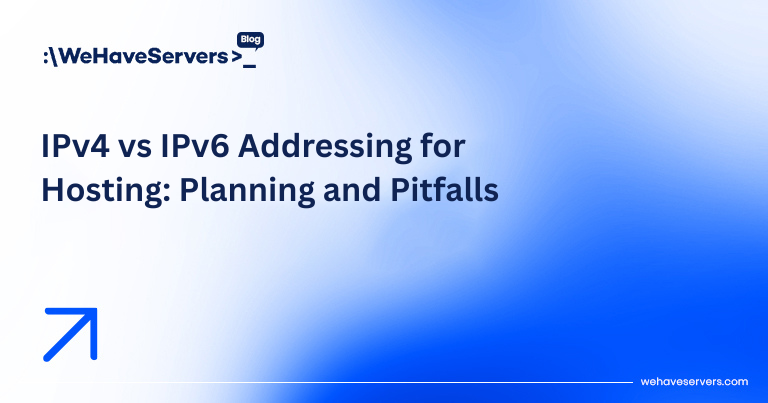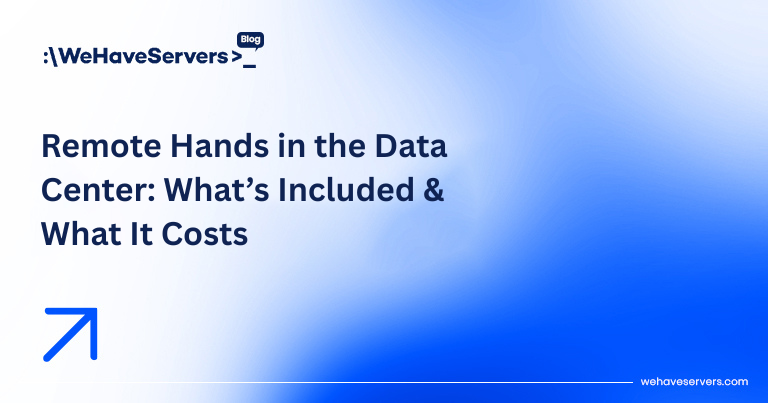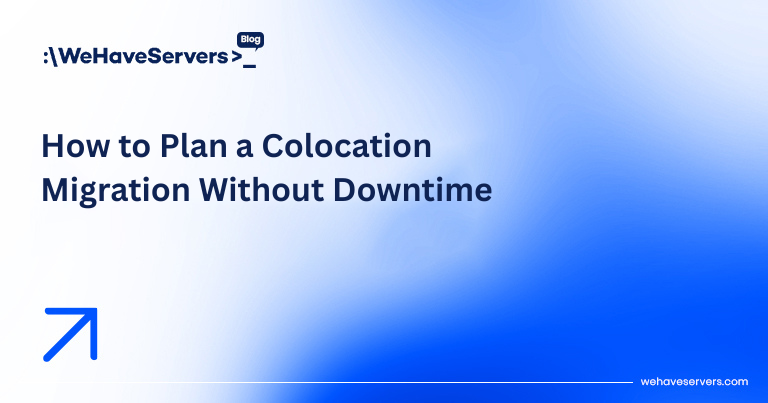
Bandwidth Commit vs Burstable Billing: How to Save Money
Bandwidth Commit vs Burstable Billing: How to Save Money
When colocating servers or renting dedicated infrastructure, one of the most confusing cost elements is bandwidth billing. Providers typically offer two models: committed bandwidth (flat-rate) and burstable bandwidth (95th percentile). Each has advantages, tradeoffs, and pricing strategies that can significantly affect your monthly bill. In 2025, with traffic-heavy workloads like video streaming, AI inference, and high-traffic SaaS, understanding these models is crucial for cost optimization. This guide breaks down how they work and how to pick the best one for your business.
🔹 What Is Committed Bandwidth?
A committed bandwidth model means you pay for a fixed amount of bandwidth every month — regardless of how much you use. For example, a 1 Gbps commit at €10/Mbps costs €10,000/month. Whether you push 200 Mbps or 900 Mbps, your invoice remains the same.
Advantages
- Predictable billing: Easy to budget with no surprises.
- Often cheaper at scale: Bulk commit discounts for 1–10 Gbps+ ranges.
- Preferred for consistent workloads: SaaS apps, APIs, enterprise services.
Disadvantages
- Paying for unused capacity: If you commit to 1 Gbps but only average 400 Mbps, you waste budget.
- Overcommitting risk: Locking in too high a commit can strain cash flow.
🔹 What Is Burstable Billing?
Burstable billing is based on 95th percentile measurement. Your provider samples traffic (usually every 5 minutes), sorts usage data points from highest to lowest, and discards the top 5%. The next-highest value is your billable bandwidth.
Example: If your port peaks at 2 Gbps but normally stays at 500 Mbps, the 95th percentile might be 600 Mbps. You’ll be billed for 600 Mbps, not 2 Gbps.
Advantages
- Pay only for what you use: No need to commit to high capacity upfront.
- Flexibility for traffic spikes: Great for video streaming, gaming, seasonal traffic.
- Scales with growth: Easy to expand without renegotiating contracts.
Disadvantages
- Unpredictable invoices: Bills can spike unexpectedly if traffic patterns change.
- Higher unit cost: Per-Mbps rates are usually 20–50% higher than commit pricing.
- 95th percentile risk: A few large spikes may lock you into paying more than expected.
🔹 Commit vs Burstable: Key Differences
| Aspect | Committed Bandwidth | Burstable Billing |
|---|---|---|
| Billing Model | Flat monthly fee | 95th percentile usage |
| Predictability | High | Medium to low |
| Cost per Mbps | Lower | Higher |
| Best For | Steady workloads, SaaS, enterprise | Spiky traffic, streaming, gaming |
| Risk | Overcommitting unused capacity | Surprise invoices during spikes |
🔹 Real-World Examples
Case 1: SaaS Provider with Predictable API Traffic
A B2B SaaS company consistently uses ~800 Mbps with minor spikes. A 1 Gbps commit saves 30% compared to burstable billing at current rates, with stable monthly costs.
Case 2: Streaming Startup with Weekend Peaks
A media startup averages 400 Mbps but spikes to 1.5 Gbps on weekends. Burstable billing allows paying for ~600 Mbps 95th percentile, avoiding a costly 1 Gbps+ commit.
Case 3: Gaming Company with Seasonal Events
An online game hosts large tournaments monthly, driving traffic 5× higher. Burstable billing is ideal, as paying for full commit year-round would waste budget.
🔹 How to Save Money
- Analyze traffic patterns: Use MRTG, Grafana, or provider portals to understand peaks.
- Negotiate blended rates: Some providers offer “hybrid” — a base commit plus burst capacity at a discount.
- Set traffic policies: Rate-limit non-essential services during peaks to avoid pushing 95th percentile higher.
- Leverage IX peering: Offload traffic to internet exchanges (e.g., RoNIX in Romania) to reduce transit costs.
- Mix models: Use a modest commit (e.g., 500 Mbps) with burstable billing above that.
🔹 The Role of Geography (Romania/EU Example)
In Western Europe (Frankfurt, AMS, London), bandwidth costs average €1–3/Mbps at scale. In Romania/Eastern Europe, prices are often lower (sub-€1/Mbps for high commits), making colocation in Bucharest a cost-effective choice. Businesses colocating in Romania benefit from both lower transit costs and strong peering with Western IXPs.
✅ Conclusion
Choosing between committed bandwidth and burstable billing is all about workload profile. If you have predictable, steady traffic, commit saves money and simplifies budgeting. If you experience peaky, unpredictable usage, burstable billing keeps costs aligned with real demand. Many businesses benefit from a hybrid model: commit to a safe baseline, then burst as needed. In 2025, with traffic-heavy workloads driving global internet growth, smart bandwidth planning is one of the fastest ways to cut colocation costs without compromising performance.
At WeHaveServers.com, we offer both flat-rate commits and burstable billing in our Romanian/EU data centers — optimized to give clients maximum flexibility and cost savings.
❓ FAQ
What does 95th percentile mean in bandwidth billing?
It means the top 5% of traffic samples are ignored, and the next-highest value is billed. This protects you from rare spikes but still captures typical peak usage.
Is committed bandwidth always cheaper?
Not always. While per-Mbps rates are lower, overcommitting can waste money if you don’t fully use your allocation.
Can I mix commit and burstable?
Yes. Many providers let you commit to a baseline (e.g., 500 Mbps) and burst above it at a per-Mbps rate.
Which model is best for streaming?
Burstable billing is usually better for streaming and gaming workloads with unpredictable spikes.
What’s typical cost per Mbps in Romania?
As of 2025, €0.50–€1/Mbps for large commits, slightly higher for burstable billing. Prices are significantly lower than Western Europe.



